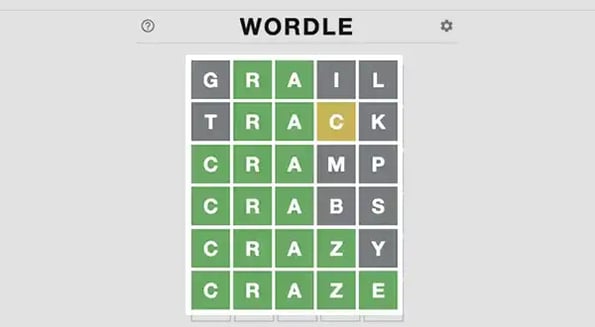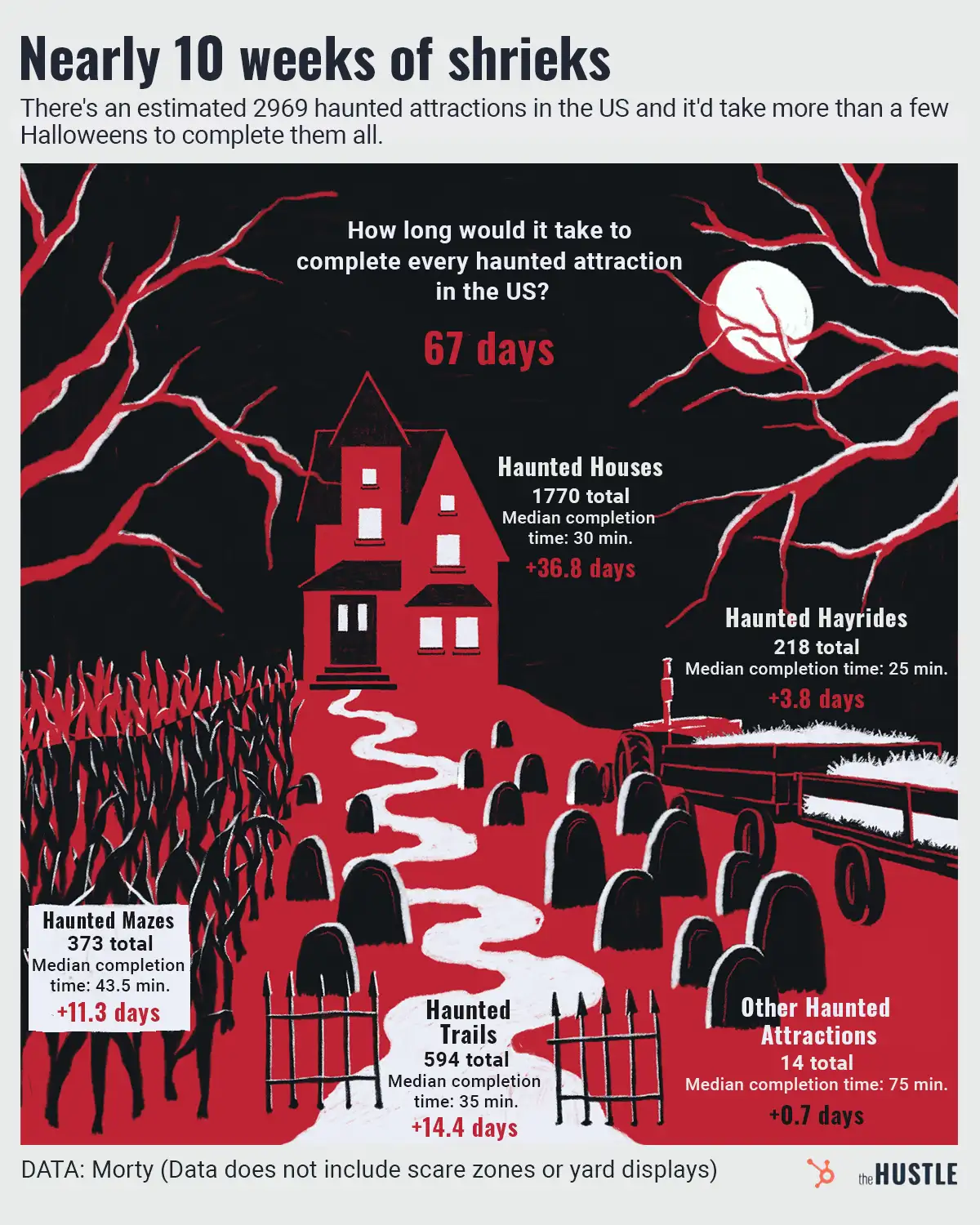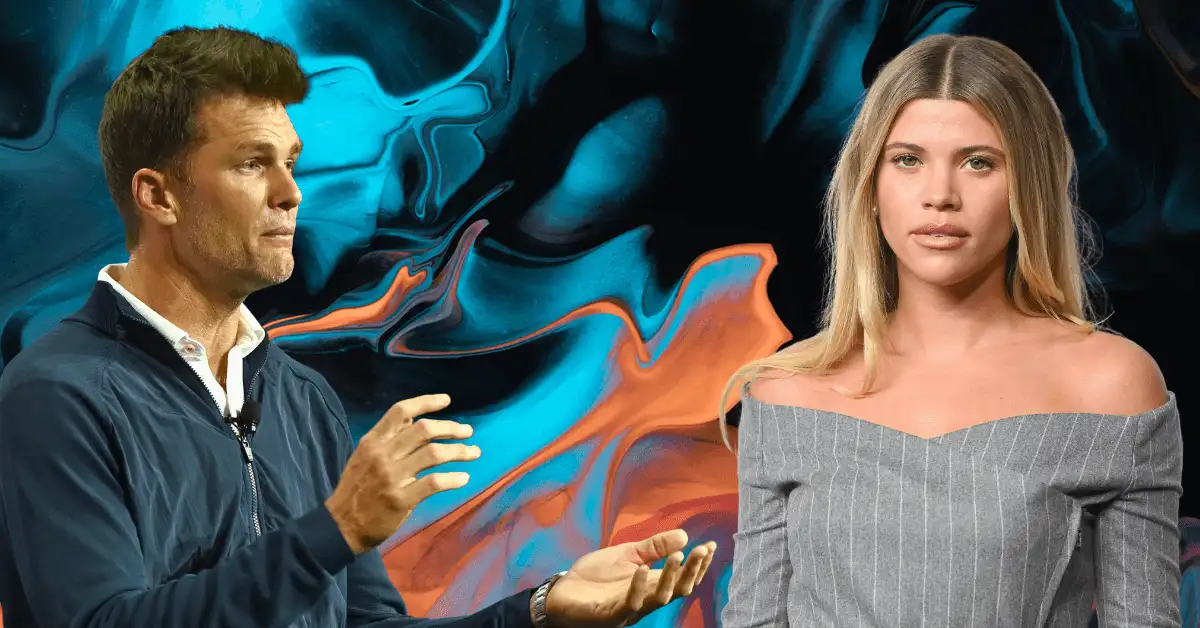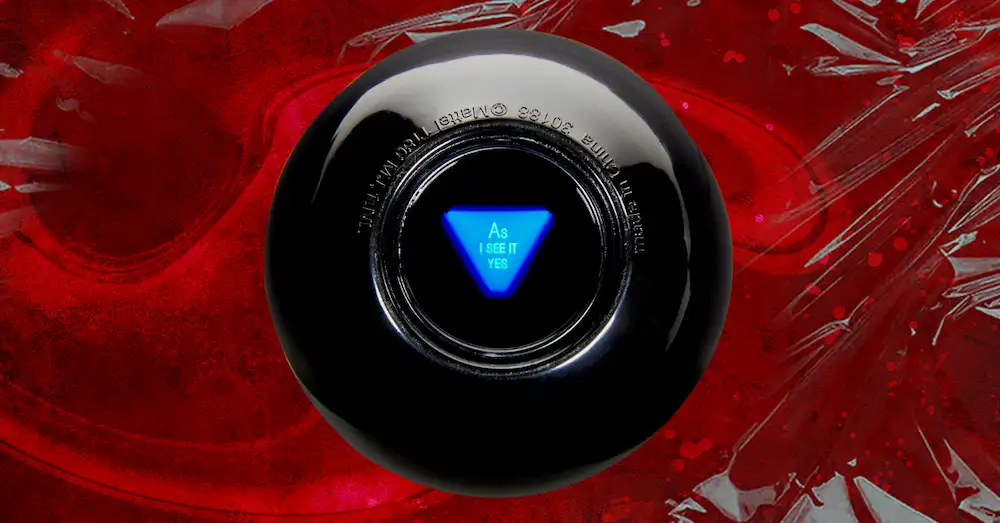Any hopeless romantic can give their partner chocolate or flowers as a sign of affection – not everyone can build them a viral daily word game.

Josh Wardle built Wordle, his nearly eponymous creation, as an antidote for his partner’s pandemic boredom, and released it to the public last October.
On Nov. 1, the game had 90 players – today, it’s exceeded 300k daily players, per The New York Times.
So what is it?
The rules of Wordle are simple. Every day players get 6 attempts to guess a 5-letter word. With each guess, they get color-coded feedback:
- Green means a letter is both in the word and in the correct place
- Yellow means a letter is in the word, but not the correct place
- Gray means the letter is not in the word
Wordle isn’t the 1st game to go viral overnight
In 2014, Flappy Bird experienced rocket-ship growth after a shoutout from YouTuber PewDiePie. Within the next month, it was downloaded 50m+ times and earned ~$50k per day through ads.
HQ Trivia, the social trivia elimination game, hit 1m concurrent players within months of launching, and pulled in ~$10m in ad revenue in 2018.
But Wordle is different
The game has no revenue stream, data collection, or pushy growth hacks. It was only after players started sharing results organically that Wardle built a share button.
He believes part of the reason for rapid growth is the game’s 1-word-per-day limit, which keeps players coming back for more without exhausting their attention, per NYT.
The catch?
There are only so many 5-letter words (~12k to be exact).
Since many are too obscure for any non-spelling bee champs to guess, Wardle whittled the list to 2.5k feasible words, which gives the game ~6.5 years of runway in its current form.
Want to play? Test your skills on today’s Wordle.










